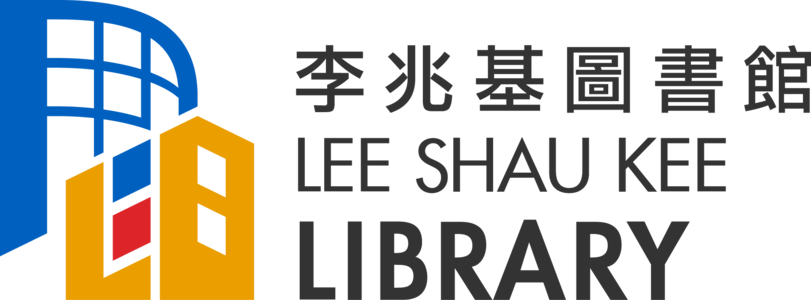Why does Google Scholar show higher citation counts than Scopus and Web of Science? What tools are better for tracing citations in fields outside of science and engineering?
A previous post went over a few old and new tools to find citing references of published works. To find out more about what citations these databases actually return, I did a quick test on them, using 3 HKUST journal articles as a sample. This post reports what I found. Researchers may find these observations helpful when choosing which tools to use for different purposes.
Major observations from this test of citation searches
- It is not surprising that Google Scholar finds quite a few more citing references than other databases. Because of its web-crawling nature, Google Scholar can trace works that cite you beyond journal articles. For example, if other researchers cite you in their theses, seminar papers or working papers that they make available through repositories, Google can find them while journal-based tools like Scopus cannot.
- However, Google Scholar is not omnipotent! In my sample for this test, Google missed a few references, which were found in Microsoft Academic or Web of Science.
- The two new tools, Lens and Dimensions, can be good alternatives for citation searching. They are particularly helpful if you are in non-SciTech fields, in which Scopus and Web of Science may not have strong coverage. They are also good tools to use when tracing citations from books.
- If you need the “time-cited” to assess impact of a paper or an author, note that Google Scholar counts are higher than those in other tools; but the numbers are still good to use. What you should keep in mind is that, you cannot compare an author’s times-cited in Google with another author’s times-cited from, say, Scopus.
The report of this test and analysis is archived at the HKUST SPD-Institutional Repository: http://hdl.handle.net/1783.1/106459.
Citation data: quantity, quality and openness
When we talk about how “good” or how powerful a database is, we often focus on the size: the more records it contains the better. However, when I was conducting this test, I started to be aware of something more complicated when we are searching for citation relations. In a few cases, I found that a database did contain both the citing record and the cited record, but it did not have the citation data! In another word, it fails to tell me paper B cited paper A, although it knows about both papers.
It also triggered me to think about the issue of open citation data. Citation links are important scholarly information. It helps us find related literature, and it is also an important element in research assessment. Traditionally they are owned by the publishers and vendors. For example, the Library does not subscribe to the Book Citation Index under Web of Science; as a result, HKUST members cannot see book citation data from that database.
Citation data behind paywall is not easily accessible by researchers. Among the many strands of open movement, there are effort to make citation data open for use, searching and mining. One noteworthy effort is I4OC (Initiative for Open Citations). For those of you who are interested to use API to get citation data, you would want to know about COCI, an open citation index. It contains open citation data from CrossRef. Recently, the publisher Elsevier announced that they will make reference lists for all journal articles openly available via CrossRef; that means the Elsevier citation data will also be available in COCI for reuse.
— By Gabi Wong, Library
Hits: 743
Go Back to page Top
- Category:
- Research Tools
Tags: Citations data, open data
published December 22, 2020


